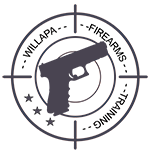OKAY, I GET IT. AMMUNITION IS VERY EXPENSIVE AND HARD TO FIND.
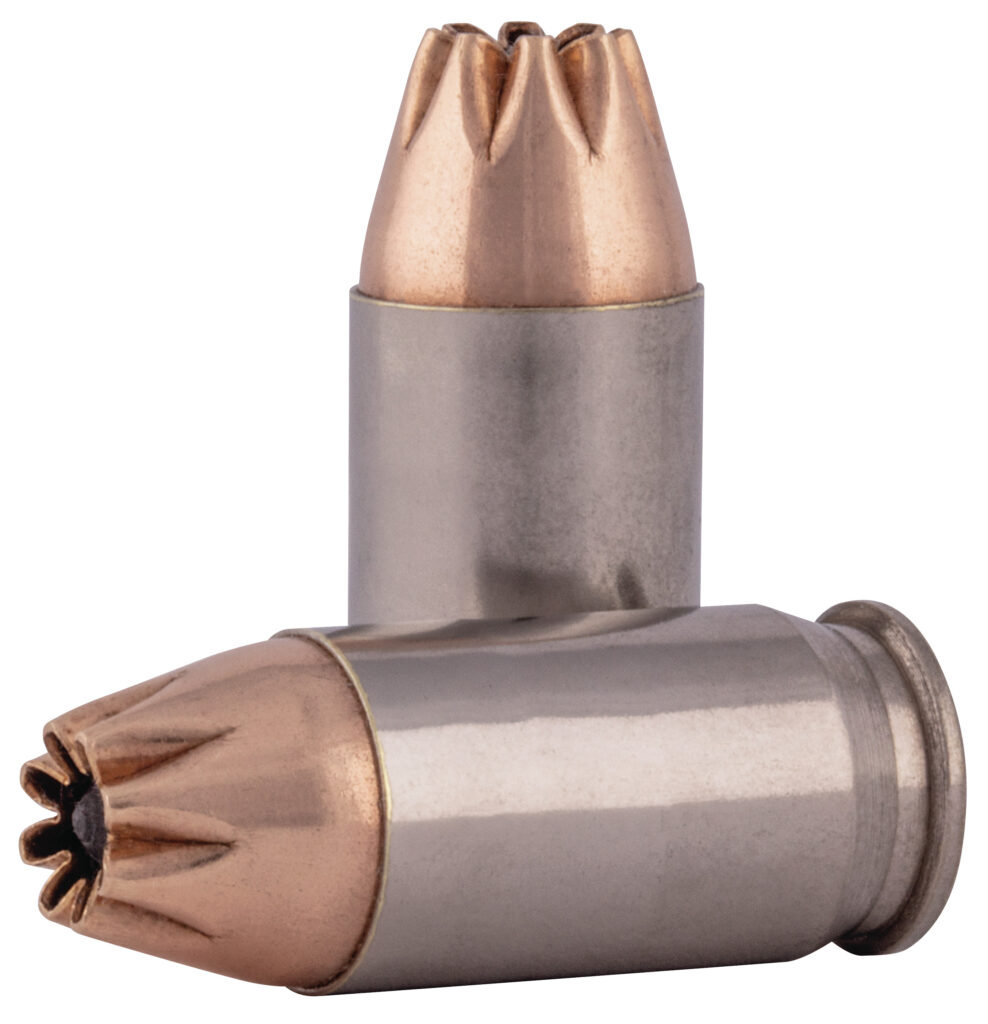
Just because it’s expensive and hard to find is not enough of an excuse for you to not be training! Now is the perfect time to invest in products that allow you to train smarter and with less or even no ammunition.
Your training doesn’t have to be complex it needs to be correct. So what can you be doing to keep heating the waters to keep the perishable skill of shooting at a boil?
Often we let ourselves get consumed with the complex tasks and don’t spend enough time or energy on the fundamentals.
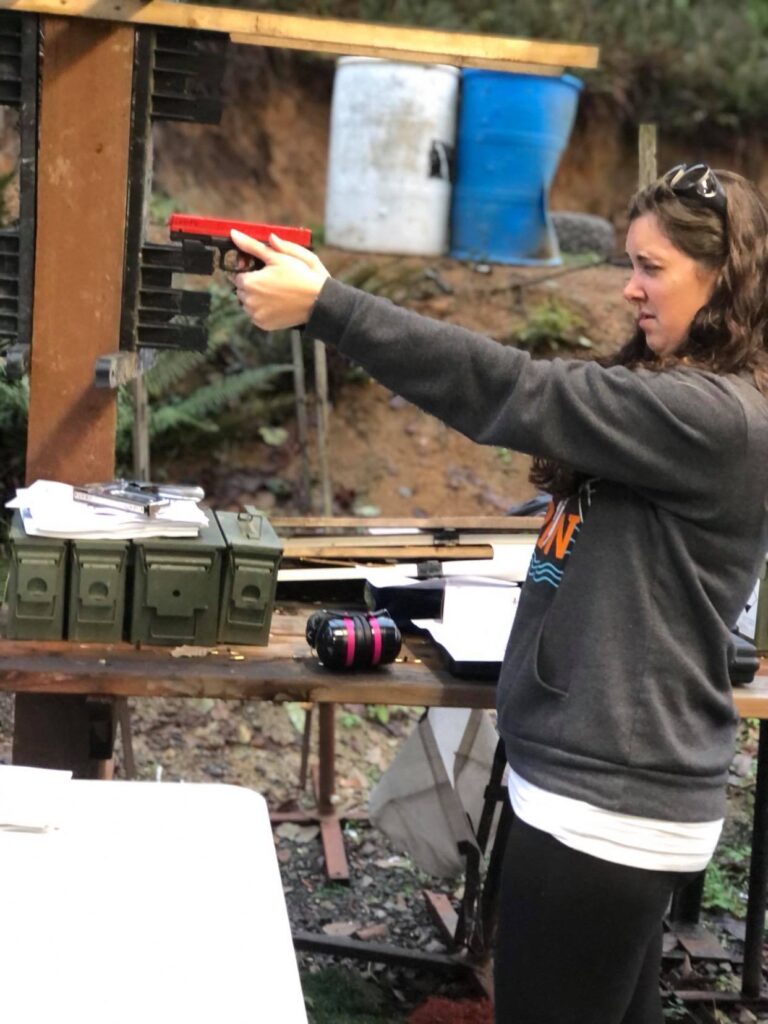
First off, lets do a quick reminder of firearms safety. There are many versions of “the rules” but lets look at the three from the NRA.
ALWAYS KEEP THE GUN POINTED IN A SAFE DIRECTION.
In the environment that you are in, what is it that you are most willing to destroy? That’s where you should be pointing the gun.
ALWAYS KEEP YOUR FINGER OFF THE TRIGGER UNTIL READY TO SHOOT.
On sight, On Trigger. Off sights, Off Trigger. If your sights are aligned and you’ve made a mental choice to press the trigger, than you should be on the trigger pressing. If you haven’t made these choices, keep your finger off the trigger, outside of the trigger guard and don’t “trust yourself” to keep from “accidentally” pressing the trigger. It’s not that you shouldn’t trust yourself but you shouldn’t trust yourself. Do yourself a favor and read about some of the studies like those by Dr. Roger Enoka.
ALWAYS KEEP THE GUN UNLOADED UNTIL READY TO USE.
No, I am not advocating for you to carry a firearm for self defense without a round in the chamber and neither is the NRA. Emphasis needs to be placed on the portion reading Ready To Use. If you are doing dry practice, the firearm isn’t ready to use. If you’re cleaning your pistol, it is not ready to use. If your pistol is lying on the bench in front of you at the range and you’re not actively shooting, it’s not ready to use.
WHAT ARE THE FUNDAMENTALS?
Aiming (sight alignment and sight picture), Breath Control, Hold Control, Trigger Control, and Follow-Through are your core fundamentals of marksmanship. What are the two most important fundamentals? Aiming the gun and pressing the trigger. What’s the most important fundamental? Pressing the trigger! If you’re still struggling with the core fundamentals of marksmanship, consider attending some basic pistol training that focuses on these skills. Give yourself a baseline of knowledge to build upon!
MAKE AN INVESTMENT IN YOURSELF
Live fire at the range seems to be a luxury anymore. Invest in a product like that of S.T. Action Pro Inc.’s Trainer Dummy Rounds.
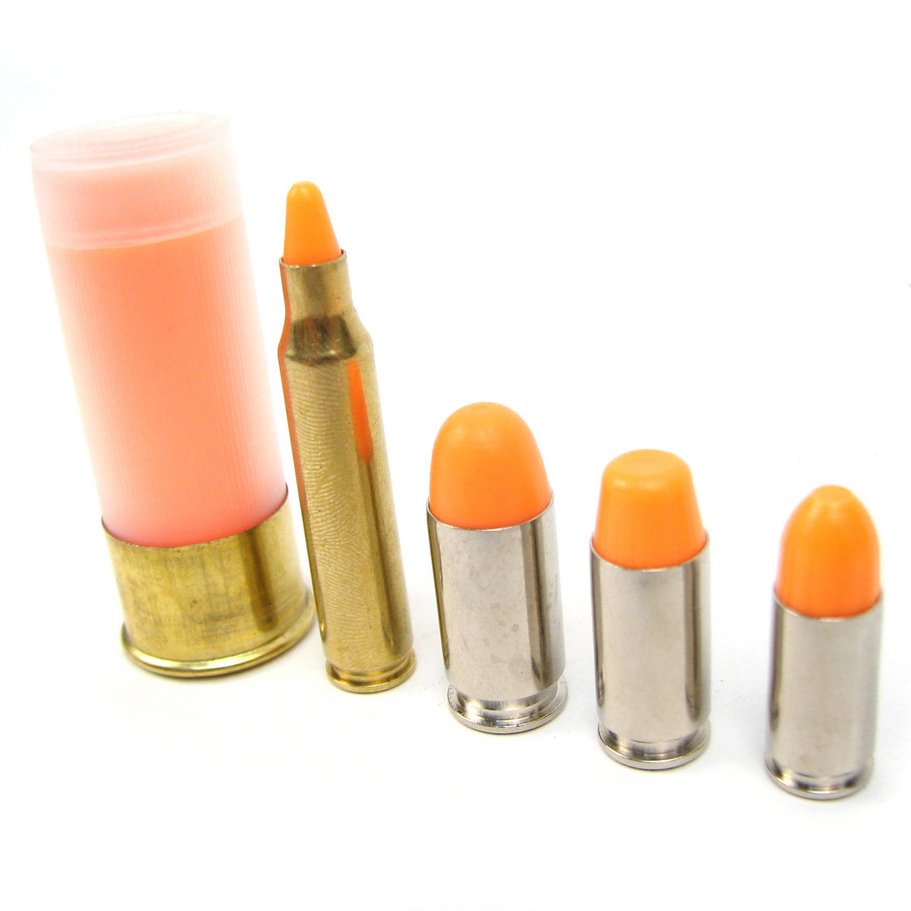
Dummy Rounds are a great training tool that allows you to stretch your available training rounds to get more trigger presses in and can be incredible to diagnosing and fixing problems if used correctly.
Start with only two or three dummy rounds in each loaded magazine and let the surprise “click” reveal what you are doing wrong.
Once you’ve revealed the error, load your magazines with only two or three live rounds and the rest dummy rounds. Now the “bang” is the surprise and you see the benefits of the “click”.
If you don’t yet have dummy rounds, get them ordered and in the meantime, try a “bang click drill.” Load your pistol, remove the magazine, and do two trigger presses on target. You’ll get the desired “click” on the second round and you’ll be predicting it but you might be surprised at what you see yourself still doing!
Work on malfunction clearance drills with the dummy rounds. With the dummy rounds mixed into your live ammunition or just the dummy rounds and no ammunition, focus on clearing malfunctions or a, “failure to fire” while you also work on your trigger press. Each time that the pistol or rifle produces a click instead of a bang, treat it as a failure to fire and give it an immediate response of Smacking the base of your magazine to make sure it is fully seated, briskly Racking the slide to the rear and releasing it, circling your support hand back to keep from muzzling yourself and then Access, making a mental decision to press the trigger again or not.
Another great product that you can use with either live ammunition or your dummy rounds is the Type 3 Malfunction Round. One of the malfunctions that can occur on a semi-automatic pistol or rifle is a type 3 malfunction, also called a “double feed.”’
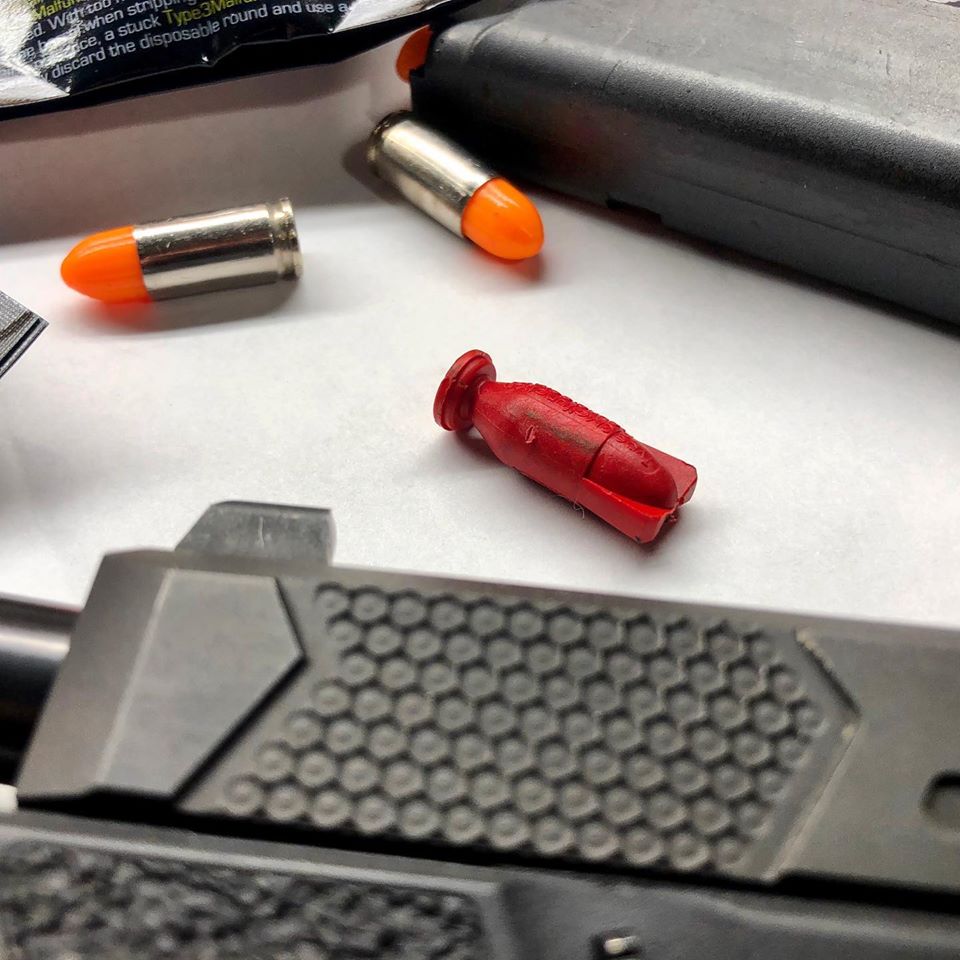
A Double feed is a type of stoppage where you have two cartridges trying to occupy the same space. Some of the causes can be a failure to extract of the spent cartridge or two rounds coming free from the magazine instead of one. A true double feed, when it occurs naturally, binds everything up and keeps you from being able to “gently” release the magazine to fix things.
To create a double feed in training, traditionally a student would lock the slide to the rear, place a dummy round or even a live round in the chamber, place a loaded magazine in the pistol and gently release the slide into a forward position locking everything up. While this is good training, the student is aware that a double feed has occurred and is mentally ready to start clearing the malfunction.
To fix the double feed you look at the pistol to recognize the double feed, lock the slide to the rear to relieve tension, rip the magazine from the pistol, vigorously rack the slide with the muzzle up until the cartridges fall free, load the pistol, rack the slide, and access or make a mental decision to continue fighting or not. That’s a lot of skill steps for a perishable skill!
With the Type 3 Malfunction Round, you load the specialty dummy cartridge into the magazine with either your other dummy’s or live ammunition or both and when the double feed naturally occurs, you practice fixing it. The first time training with these rounds can be very revealing to your level of proficiency. Again, you can do this training with no live ammunition as well. These types of skills are perishable and like boiling water must be continuously heated.
Pro-Tip for double feeds: Next time you are training on this malfunction, see if your pistol is one of the ones that can be fixed much more quickly by simply pressing the magazine release, racking the slide with muzzle up and tilted to the right with magazine release still pressed, loading, and racking.
HOLSTER DRAW AND RECOVERY
With your UNLOADED firearm, practice your draw and presentation of the pistol from concealment. Be sure to use the clothing, belt, cover garments, holster etc. that you plan to actually use while carrying concealed or for that matter open carry.
Access your pistol, clearing garments out of the way. Obtain your pistols grip while simultaneously moving your support hand to your chest, pull the firearm clear of the holster, Rotate the muzzle of your firearm by rotating the wrist up and the elbow down. At Rotate, your pistol should have sights aligned to your target at closer distances.
If you’re using a training tool such as the NextLevel Training SIRT pistol, you can test this performance with the shot indicating lasers. Join your support hand to your primary hand getting a proper grip on the pistol and Extend to your shooting position. You should be able to see your front sight dropping into the notch of your rear sight for a flash sight picture. If necessary and your mental rehearsal exercise requires it of you, Fire!
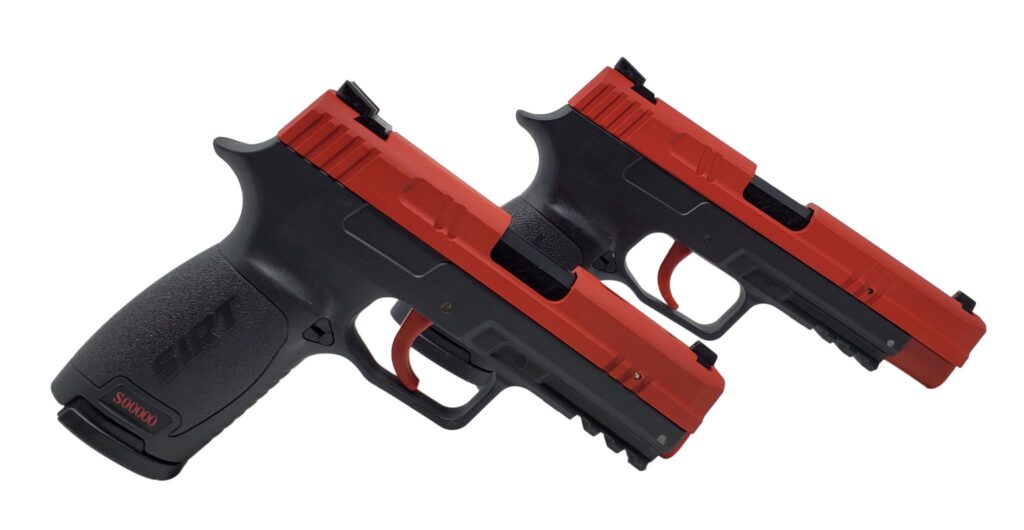
Do not just go through the motions of pressing the trigger in this rehearsal, also go through the mental rehearsal of what to do after force has been used. Ask yourself, “did I hit and did it work?” Scan and access the area for additional threats and mentally rehearse the “What’s Next” aspect of using a tool of last resort.
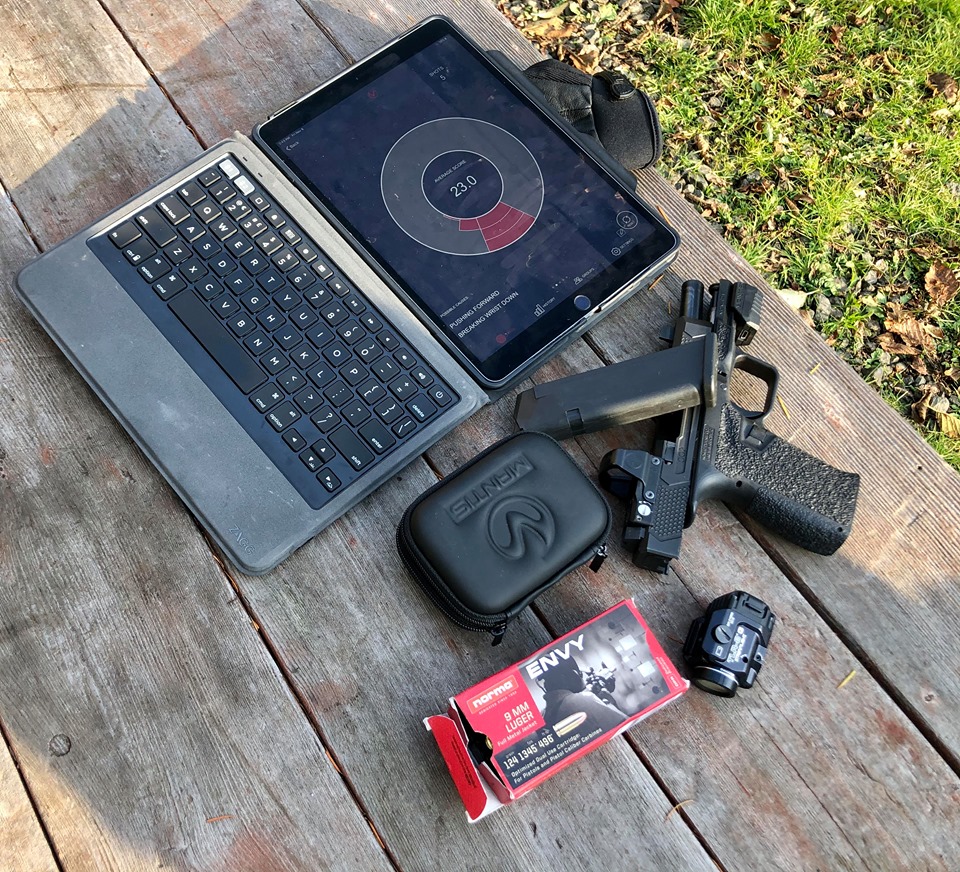
Another great tool to use when conducting practice of drawing your pistol is the Mantis X10 Elite from MantisX. Use the holster draw analysis function that comes with the free app and let it help you with wasted movement and measurement of performance. Mantis does much more than just this and you should consider getting yourself one! It works for both dry practice and live fire. The Mantis even works with the SIRT training pistols.
Many Quality Firearms Industry Products are available at ReadyUp Gear
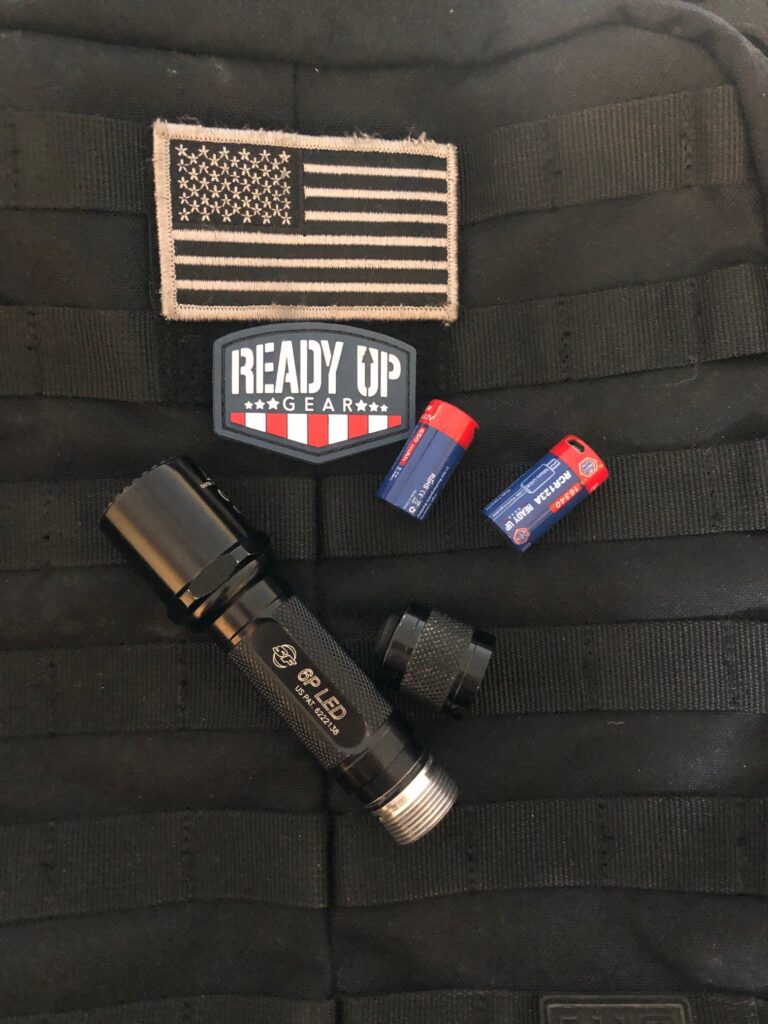
Another training tool for these skills is the LaserDot Trainer from ReadyUp Gear. Used in conjunction with apps like those from L.A.S.R. you can be up and training in no time for minimal costs with your actual firearm.
When using the LaserDot Trainer for Dry Practice, you place the LaserDot training cartridge in your chamber and when your firing pin or striker hits the rear of the training cartridge it momentarily emits a red laser towards your training target. A simple way to train with just the LaserDot trainer is to look for first of all accuracy but another large feedback is do you see a Dot of light or do you see a Swipe of light? Where the light ends is a great indicator of where the round would have actually went because of poor trigger press or follow-through.
BE CREATIVE WITH YOUR TRAINING BUT BE SAFE
Dry Practice should never involving the gun going off! Dry Practice tools can also be part of your live fire practice and can help with lowering your live fire round count and bolstering the amount of times you press the trigger successfully.
Use your training time to figure out if your gear such as clothing and holsters etc. are actually working for you. Do the practice from seated in your vehicle or a chair in your home or on the range. Just because it was expensive or you saw it on TV doesn’t mean it’s going to work for you.
Don’t shy away from technology and tools to help with your training but don’t abandon the need for hard work and spending some money on ammunition for practice.
No gadget will ever make you better. Proper use of gadgets and hard work practicing correctly will make you better. Keep boiling the water.
